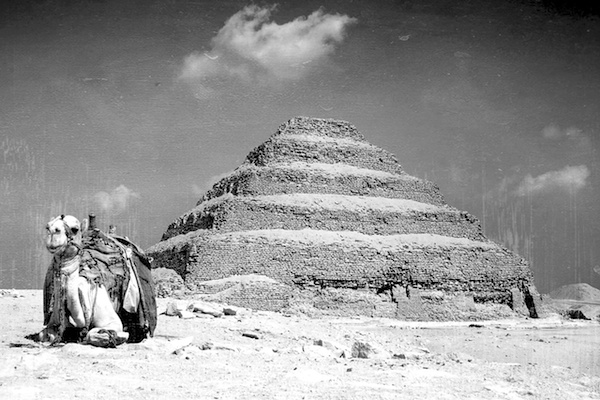
The following article concerning a Nazi train secret from WWII has been researched in connection with the epic mystery thriller fiction series The Elements. If you like this article and want to notified of giveaways and the forthcoming series sign up for The Elements newsletter.

Disclaimer
The following has been researched and compiled from all available sources on the Net. Where sources are known, credits have been provided to the sources and copyright holders. None of the images in this article are by the author or does the article represent original research. However, as of publication date it is in the authors opinion that this article is the most comprehensive treatment of the subject currently available on the Net. Author Mark David. Version 19.11.15
***
Nazi Train Secret, Ksiaz Castle Poland
It’s not everyday an underground complex on the size of the largest becomes part of a past linking ancient grand castles with the end games of a war gone mad, carnage, defeat on the doorstep, crimes committed, gold and loot to be hidden and perhaps even more yet to be revealed. Such was the discovery made on August 28, 2015 in Walbrzych, Poland.

Armoured Train Discovery
It could be one of the great discoveries of the war. Some historians believe up to three trains laden with arms, art, gold and archives vanished in a 18 sq mile area near the present Czech border as the Red Army advanced in 1945. The strategic area includes Hitler’s command post at the grandiose Ksiaz Castle (formerly known as Fürstenstein) and Project Riese, a suspected secret weapons programme.

This has recently been confirmed with the news that a witness confessed the trains existence of at least one train as told by one of the men (treasure hunters Szpakowski, Koper and Richter) claiming they have found the train using radar scanning equipment. The witness is said to be one of those who helped hide the train in the tunnel complex called Riese, making a sketch of its location. Local media have broadcast images of digging equipment now at the site.

Background
Riese (German for ‘giant’) – is the name of the largest mining and construction project of the second world war conducted by the Nazis, located in the Owl Mountains (Góry Sowie, Poland) below the castle of Książ, built 1943-1945. The existence of a Nazi gold train, its whereabouts and its cargo – possibly stolen valuables and artworks – remained one of the great unsolved mysteries of the second world war. The tunnel complex hit the headlines in August 2015 as the treasure hunters claimed they had identified a legendary Nazi train packed with weapons, gold, money, and archives hidden in a long-forgotten tunnel in the Polish mountains.
A number of trains are believed to have been used by the Nazis in the 1940s to transport goods stolen from people in eastern Europe back to Berlin. While some might have made it to the German capital, others are believed to have been left behind as Soviet troops advanced in 1945.

Discovery Confirmed
The local Walbrzych District Council has said that it has received notification on the location of a “railway tunnel with a multi-level complex of underground corridors from the days of World War II.” The statement tallies with a report in the local Gazeta Wroclawska newspaper which claimed that a “great” tunnel had been found that could be longer than 2 kilometers. The newspaper also confirmed the tunnel had been found by the treasure hunters who had begun their effort to locate the train in August 2015, apparently aided not only by the sketch by the now deceased witness but also by a map drawn up in 1926.

The Tunnel Complex called Riese
Riese means ‘giant’ in German, and this was where Hitler’s Wunderwaffe (magic weapons) were supposedly under development. It is unclear to what extent the underground mega city and arms factory actually functioned and how much of what we know is simply surviving propaganda. Some tunnels are flooded but in others are German machine guns and prisoner-of-war graffiti.
What we do know is that the finished concrete tunnels stretch almost 3,200 square meters. There are claims of a hidden laboratory where German scientist Hubertus Strughold conducted rocket research.

Already in 1942 the Ksiaz brought workers from Italy, followed by 400 miners of Donbass. Damages in 1943 by the Allied air forces to the German rocket research center on the island of Usedom, forced the Reich to relocate their Experimental Center to Ksiaz Castle. In 1944, there were over 3,000 forced laborers and prisoners working beneath the Castle. Huge quantities of building materials – reinforced concrete, steel, cement and sand were transported to the nearby town of Walbrzych.

Intensive works continued until 10 May, despite the fact that Hitler had already committed suicide, Festung Breslau capitulated, and the command of the German capitulation was signed the day before. According to documents from the Archives in Koblenz, Ksiaz Castle was to become a repository of documents from the SS and the Reich Security Main Office. The action was code-named Brabant Joseph I.

Details
The Polish Ministry has since confirmed the location of the train using ground-penetrating radar and engineers will begin surveying the site to determine how the armoured and possibly booby-trapped train can be retrieved. Poland’s Culture Ministry announced that the location of the Nazi train was revealed to Piotr Koper of Poland and Andreas Richter of Germany, through a deathbed confession. “On the death-bed, this person communicated the information together with a sketch, where this might possibly be.”

The treasure-hunters found the 100-meter-long armoured train using ground-penetrating radar equipment, confirming what they believe to be a train more than 100 meters (330 feet), since confirmed by the Polish Deputy Culture Minister Piotr Zuchowski quoted as saying “I am over 99 percent sure that such a train exists.” Koper and Richter immediately submitted a claim to the Polish government – under Polish law those who find treasure findings can keep 10 per cent of the value of their find.

The radar image they released almost certainly shows a Nazi train located in an underground tunnel constructed by the Nazis along a 4km stretch of track branching off the Wroclaw-Walbryzch railway line. News is scarce however, as the authorities are keeping the exact location hidden, thought to be a sideline removed from the railway after the train had been driven into the underground tunnel complex to be buried for ever.

The BBC’s Adam Easton in Warsaw says no documents have ever been discovered confirming the existence of the train even though local legend says a Nazi train filled with arms, art, gold and archives went missing near the city in 1945. No risks are being taken as the train could also be rigged with explosives requiring investigation through a carefully coordinated operation between the Polish Army, Police and Fire Brigade.
The Train
The train is probably one of the versatile and well-equipped armoured panserzug (youtube) trains produced by Nazis with heavy steel plating and armament, including rail cars which housed anti-aircraft guns and gun turrets, or designed to load and unload tanks and rail cars which had complete armour protection with a large concealed gun/howitzer. Germany also had fully armoured locomotives which could possible remain with the rest of the train underground.


It is believed three trains vanished in a 18 sq mile area near the present Czech border as the Red Army advanced in 1945, into the Project Riese network of underground tunnels and chambers dug out beneath the Owl Mountains by an estimated 30,000 prisoners of war and concentration camp prisoners.

“Four years ago, we were given information by a witness who was in Walbrzych at the time the train disappeared in April 1945. Radar technology has become affordable so we were able to check the information,” said Koper, who would not reveal if he knew anything about the hiding places of the other two supposed trains. “The Nazis dug out the embankment, created a junction and laid track to divert the train off to the side. Then they parked the train, which is 90 metres long, removed the rails and put back the soil.”

Since August, the Polish military has cleared vegetation from an area the size of a football pitch. Soldiers have swept for mines and analysed the ground for the presence of poison gas. During the holocaust, Zyklon B – for use in gas chambers – is believed to have been transported on the line. The treasure hunters’ images show only the outline of what appears to be a train. “We do not know what is inside, only that it is armoured, which suggests a precious cargo,” said Koper.

As of yet, no one knows of the condition of the tunnels, some of which are flooded in the lower levels requiring exploration by boat. Of the others, the myriad of levels, stairs and unfinished excavations make the site at Ksiaz probably the most captivating of the entire second world war.
The Książ castle, Poland: ‘Fürstenstein’
 Ksiaz Castle near the Polish Czech border is one of the biggest castles in Europe. It’s the third biggest castle in Poland and the biggest one in South Silesia – the perfect setting for a wartime complex outdoing anything even Hollywood could have come up with. Built on a hilltop location with 360 degree views in all directions, Ksiaz was to be Hitler’s new fortress, the last bastion of Nazidom as the German forces battled it out against impossible on the Eastern Front.
Ksiaz Castle near the Polish Czech border is one of the biggest castles in Europe. It’s the third biggest castle in Poland and the biggest one in South Silesia – the perfect setting for a wartime complex outdoing anything even Hollywood could have come up with. Built on a hilltop location with 360 degree views in all directions, Ksiaz was to be Hitler’s new fortress, the last bastion of Nazidom as the German forces battled it out against impossible on the Eastern Front.
History

The “Pearl of Silesia” was built between 1288-1292 under Bolko I the Strict situated on a high rocky tip on a bend of Pełcznica River, and for centuries belonged to the powerful Hochberg family. After numerous modifications and reconstructions it has now over 400 rooms and is an unusual mix of different styles. For centuries belonged to the powerful family of Hochberg. During this time the castle was visited by the most prosperous people in the world: prince couples, magnates, throne successors, but also John Quincy Adams, the future president of the United States and Tsar Nicholas I.

The family descended from the lineage of Hochberg residing the castle and employing nine thousands of persons fell into debt thus prince was forced to make the castle accessible for tourists – already then mansion was annually visited by over 80 thousand persons.
In 1939, because of the debts, Ksiaz with the entire surrounding area was took over by the treasury. Then, in 1941, the castle was confiscated by Nazi authorities. The paramilitary organization group Todt took over the castle in order to convert it into Hitler’s headquarters. Rooms located in the basement of the castle were built by the Nazis after the war and have never been opened. Beneath the castle, Germans dug huge tunnels (using the Gross Rosen concentration camp prisoners), in which trucks could freely move.

The castle’s last owner, evicted by the Nazis, was Wales-born Mary Theresa Olivia Cornwallis-West, first wife of Prince Hans Heinrich XV. Bearing the title of the Princess of Pless, but popularly known as Daisy, she was a great beauty, a socialite, and related by marriage to Winston Churchill. Her brother George was the second husband of Churchill’s mother, Jennie. The princess died in 1943 and was buried in the Hochberg Mausoleum near the castle, but her servants moved the body a number of times to protect the grave from plunder by Soviet troops, who occupied the area from May 1945 until the end of 1946.
Princess Daisy’s resting place remains unknown to this day.
***
Events similar to those portrayed are being developed for an epic fiction series The Elements. If you liked this article and want to notified of giveaways and the forthcoming epic fiction series sign up for The Elements newsletter.
Thanks for reading. Mark David


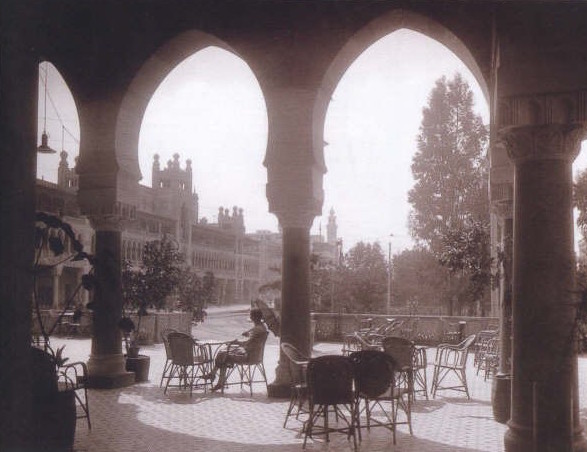 The landmark hotel was designed by Belgian architect Ernest Jaspar. He introduced the local
The landmark hotel was designed by Belgian architect Ernest Jaspar. He introduced the local 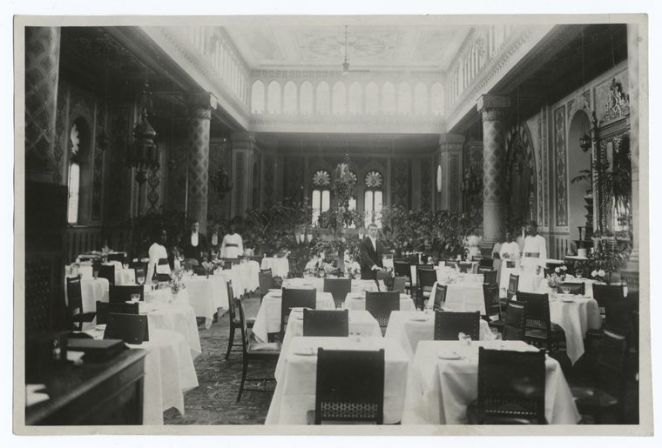
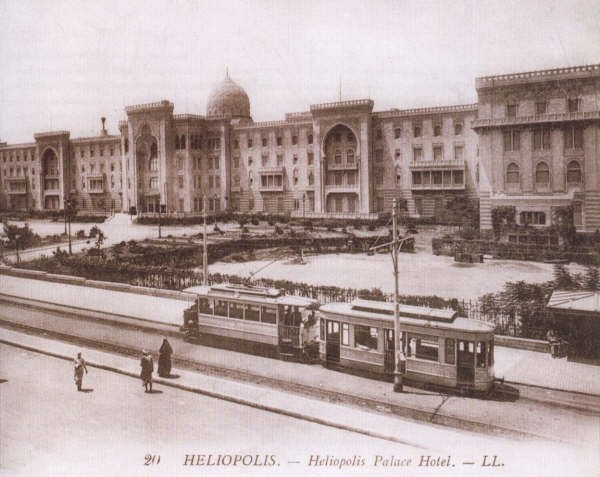
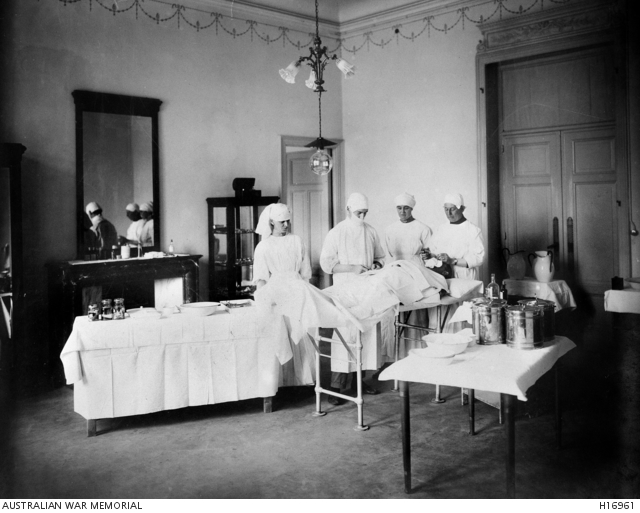
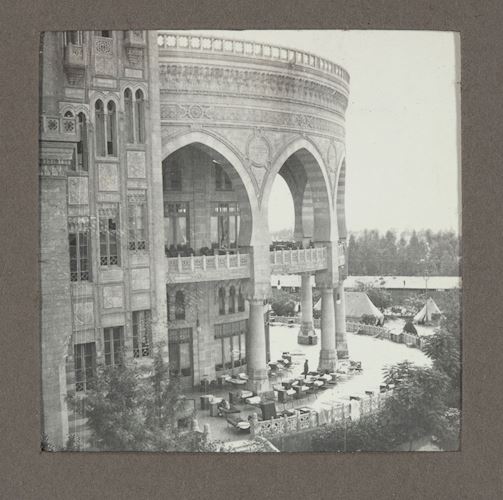
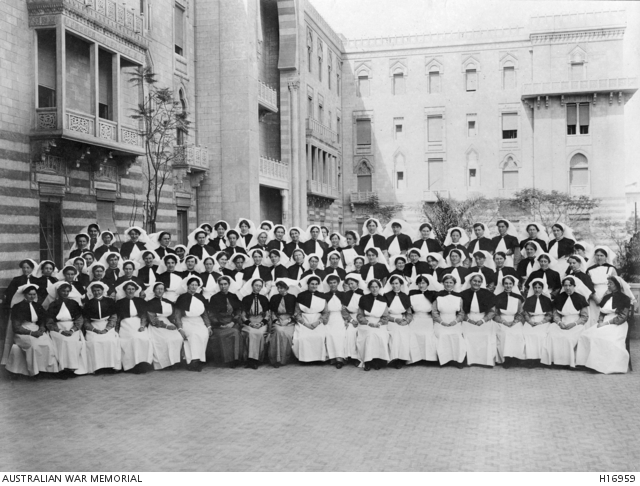
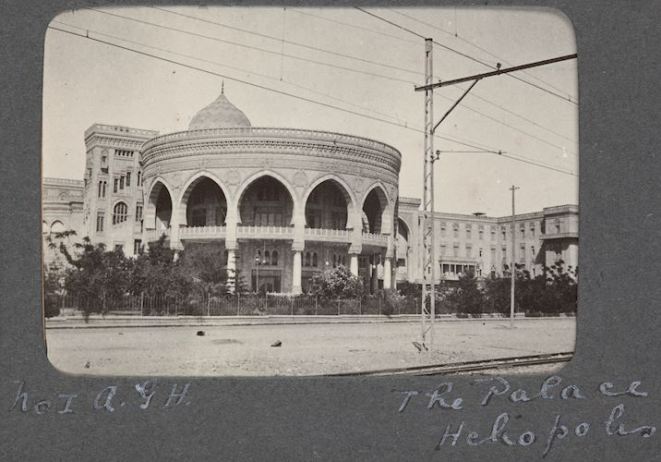








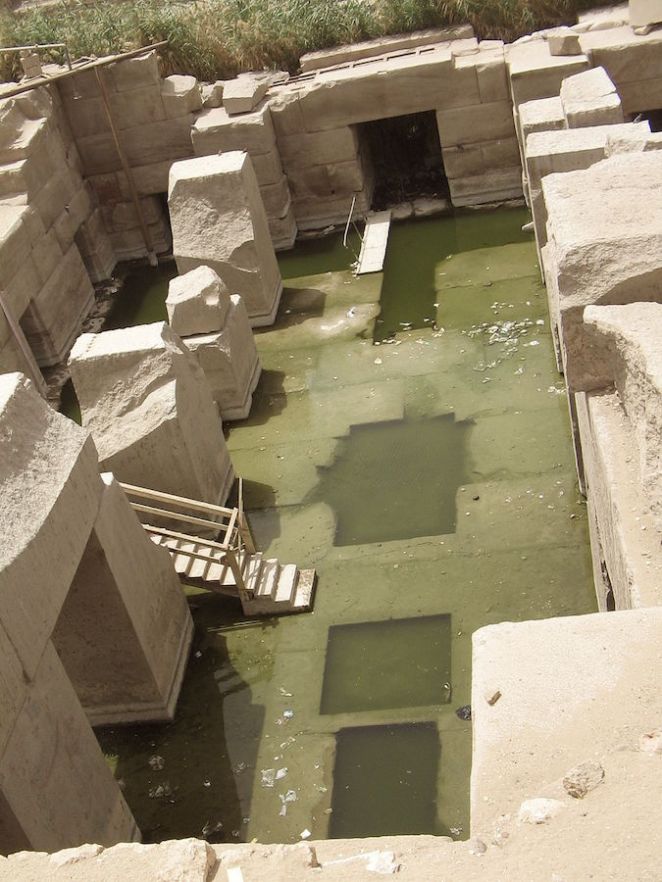
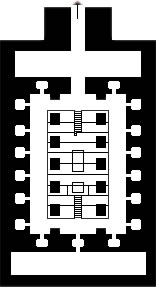





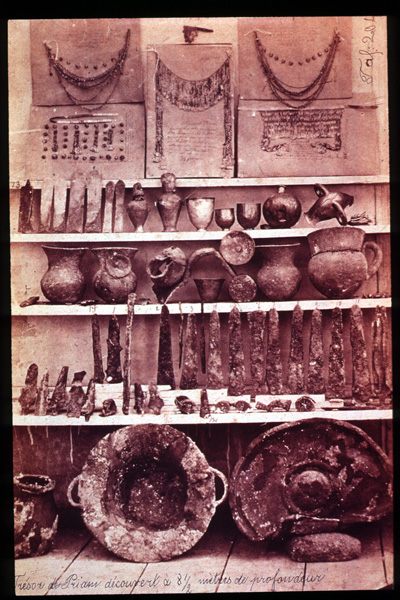


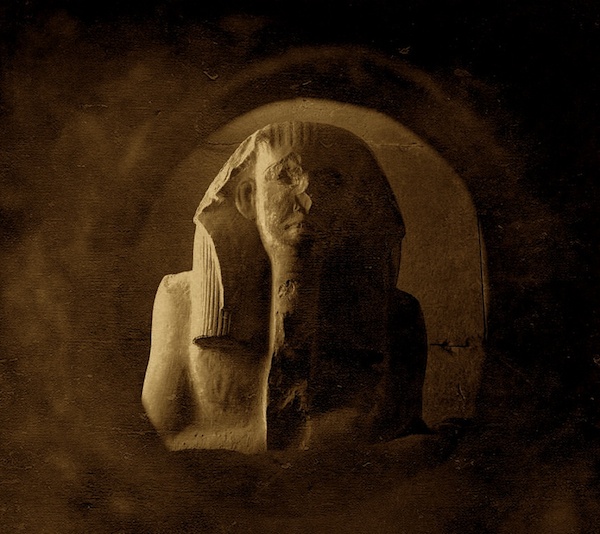
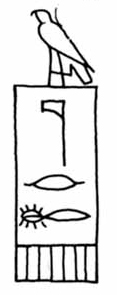 Because Egyptians believed that the soul had to be maintained in order to continue to exist in the afterlife. These openings “were not meant for viewing the
Because Egyptians believed that the soul had to be maintained in order to continue to exist in the afterlife. These openings “were not meant for viewing the 